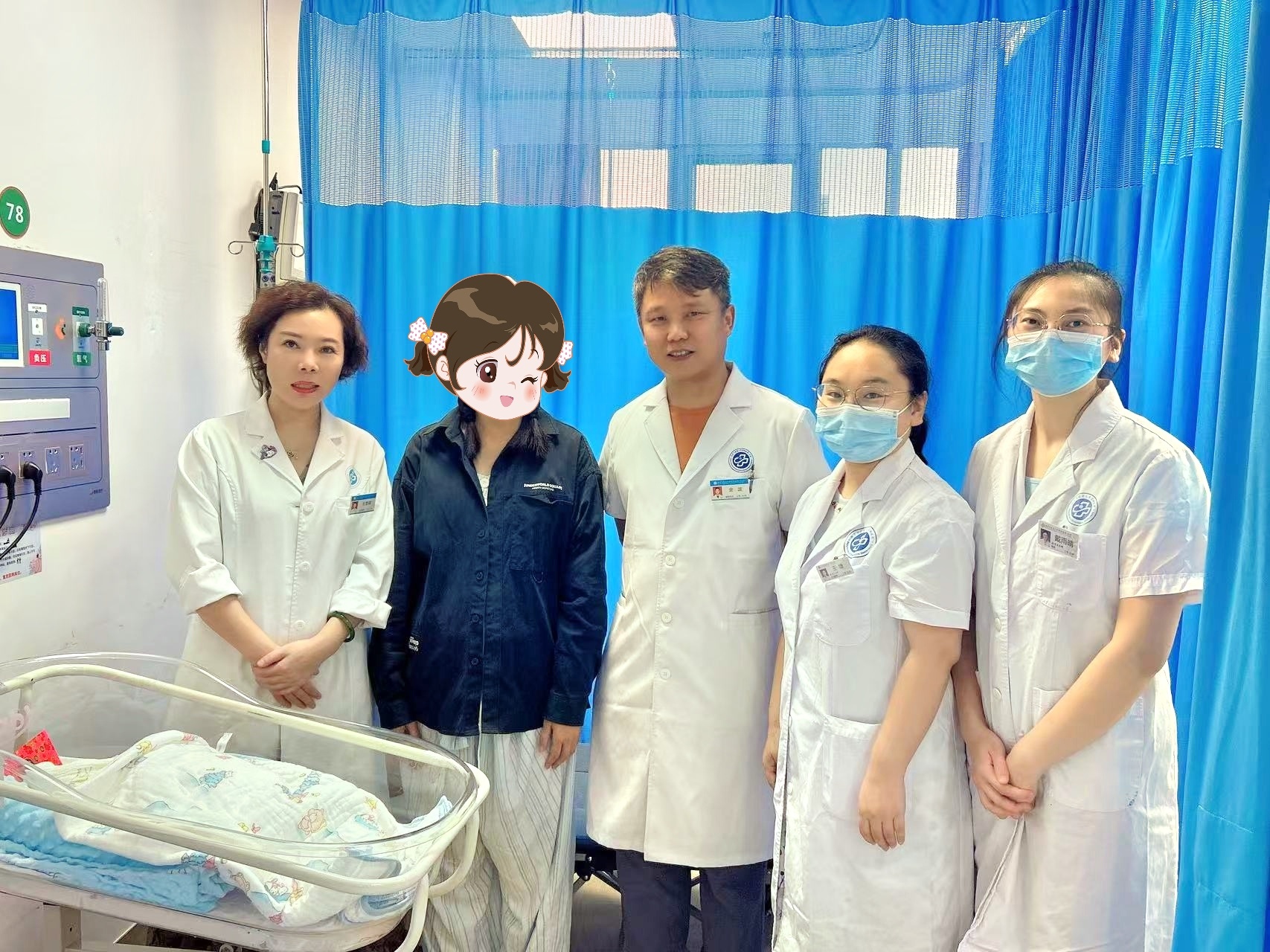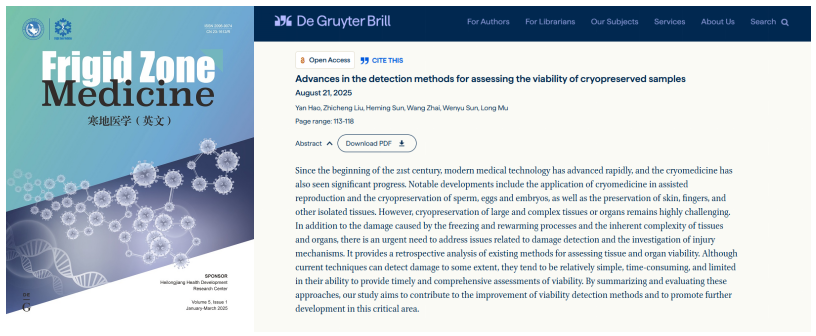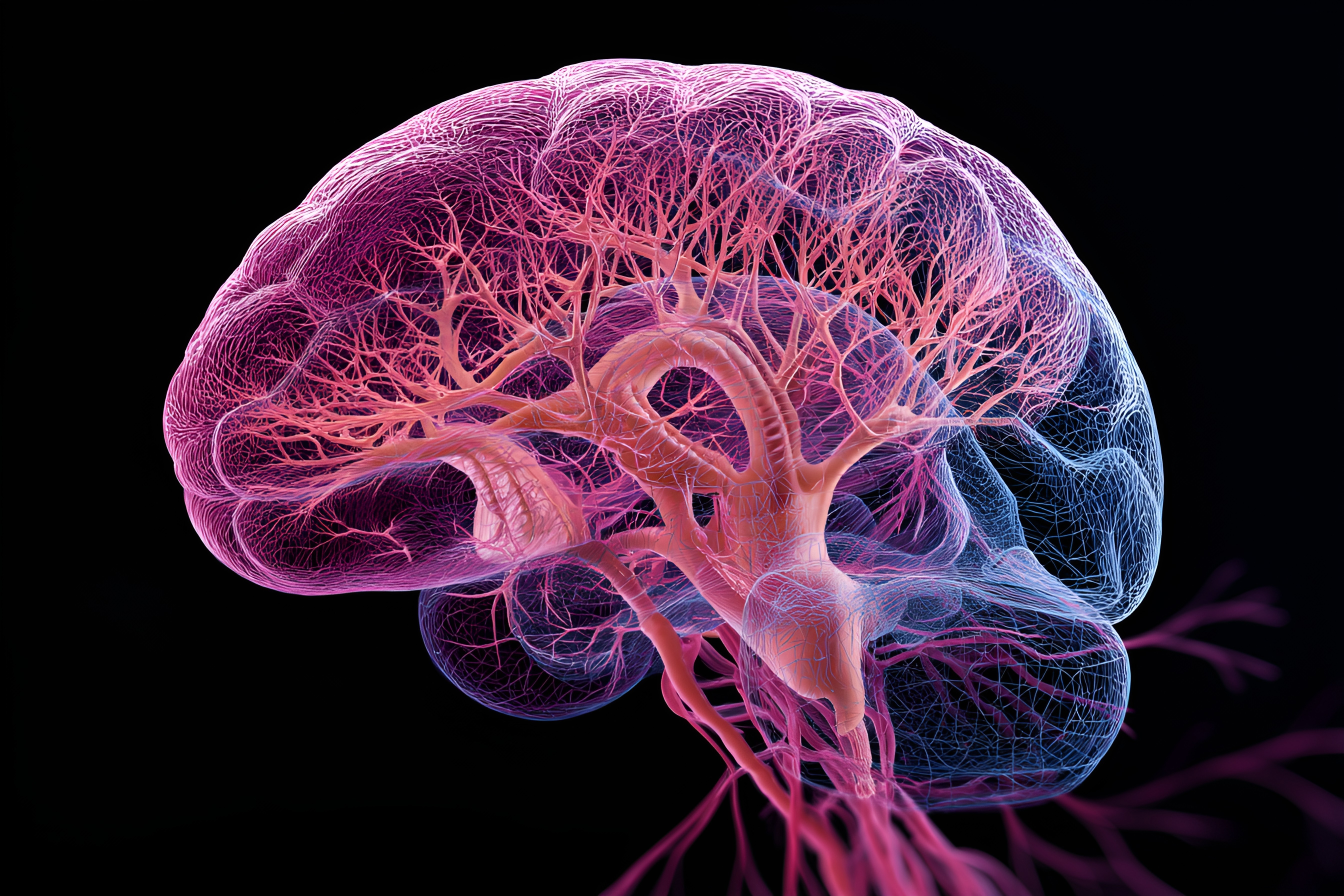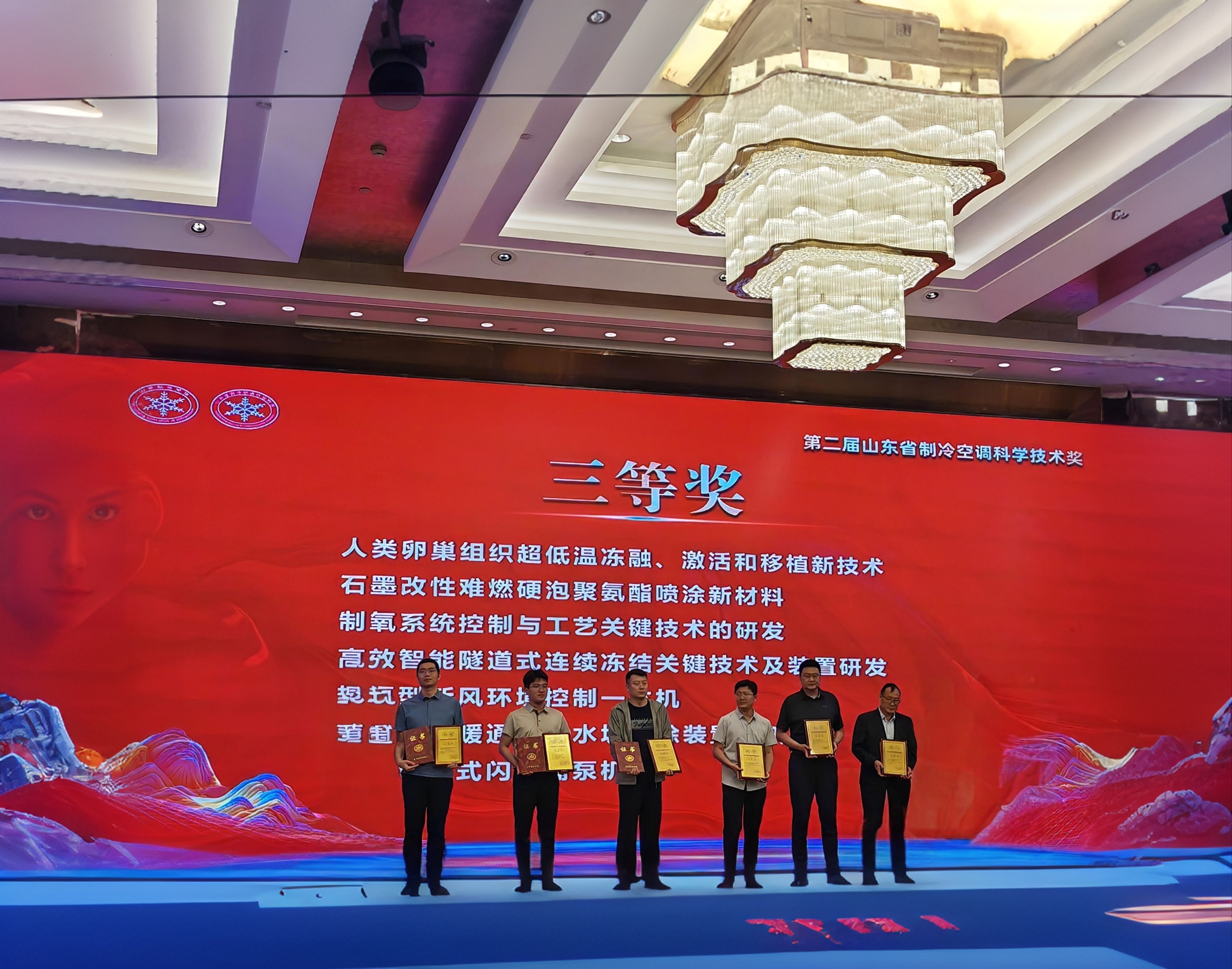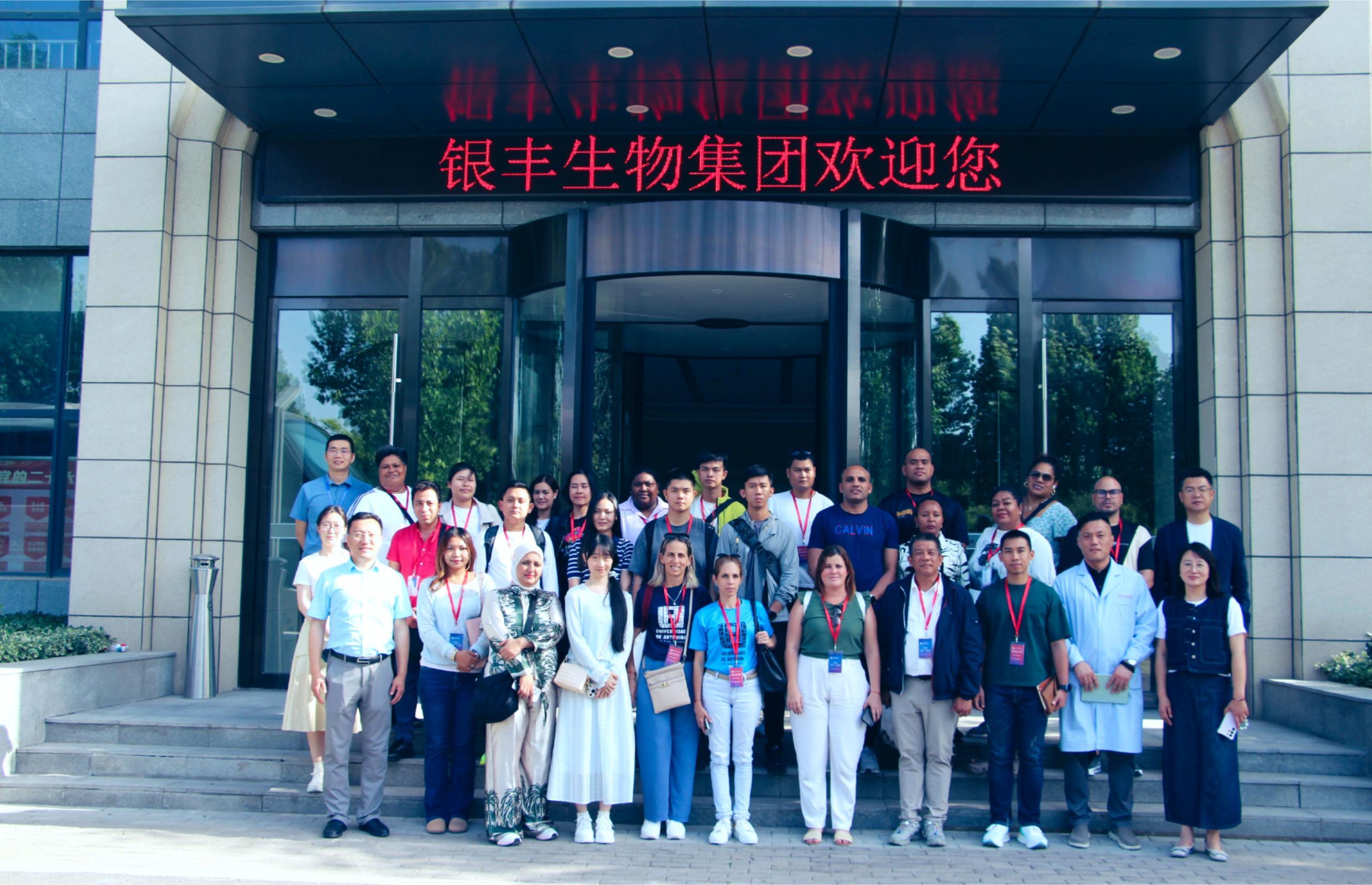Twin babies who "traveled through time and space" for 30 years finally found parents willing to adopt them
Release time:
2022-12-08
Recently, a new world record was born in the United States: the "oldest" pair of twin newborns "turned 30 years old" just after birth. On October 31, 2022, a couple in the United States successfully gave birth to twins named Lydia and Timothy using frozen embryos donated by others (Figure 1). They were thawed and revived from donor embryos that had been frozen for 30 years.
The previous record holder for the "oldest" baby was Molly Gibson, who was born on October 26, 2020, and her embryo was frozen for 28 years. While the Centers for Disease Control and Prevention tracks reproductive technology success rates and data, it does not track how long embryos are frozen, and there is currently insufficient evidence that embryos stored longer lead to a successful live birth.
Where did this embryo come from? Is the child healthy?
The embryos were created through in vitro fertilization (IVF) by an anonymous couple and then stored in liquid nitrogen at -196°C on April 22, 1992. The IVF process can produce more embryos than needed, and these extra embryos can be donated to scientific research or to couples who want to have children.

The embryos that developed into twins were initially donated to the National Embryo Donation Center (NEDC) in Tennessee and later passed on to their parents, Rachel and Philip, in Oregon.
"We don't want to get the longest-frozen embryos in the world," Philip told CNN. "We just want the ones who have waited the longest."
The researchers said that the survival rate of embryos after thawing is about 80%, and only a small proportion of transplanted embryos can be born alive. In this case, 5 embryos were thawed, and 2 of them did not survive. It was transplanted into Rachel on March 2, 2022, and two of them developed successfully.
After a long wait, the twins were born - Lydia weighing 5 pounds 11 ounces (approximately 2.6 kilograms) and Timothy weighing 6 pounds 7 ounces (approximately 2.9 kilograms).

Rachel said: "They are both just the right size babies", "It's really God's grace because their birth proves that every step of our efforts is not in vain." Moreover, these two children are currently in good health, and 30 years of freezing will have almost no impact on their body functions.
Under what circumstances are embryonic babies frozen?
After the fertilized eggs are formed, they are cultured for two more days, and then frozen on the third day to become frozen embryos. The frozen embryos include cleavage stage embryos on the third day or blastocysts on the fifth, sixth, or seventh days.

In theory, embryos can be frozen almost indefinitely. Embryos are frozen in liquid nitrogen at -196°C, and all physiological activities stop. Therefore, there is almost no difference in freezing for one week, one month, one year, ten years, or twenty years. The key to a successful live birth from an embryo lies in the age of the woman who donates the eggs. If the embryo donor is 25 years old, the survival rate of the embryo is relatively high.

At present, vitrification is the mainstream technology for embryo cryopreservation, which is a freezing method that uses high-concentration cryoprotectants to treat embryos and rapidly cool them so that both intracellular and intracellular fluids reach a vitrified state, thereby avoiding the formation of intracellular ice crystals. This cryopreservation technology has also been applied to the cryopreservation of tissues, organs and even the entire human body.
Modern science has relatively matured the freezing and thawing technology at the cell and embryo level. In the future, the recovery technology at the level of large-scale tissues and organs still needs further research and exploration. Many scientists are also actively exploring. The road is tortuous, but I believe the future will be bright. Yes, breakthrough progress will definitely be made in the future, bringing benefits to human health and life continuation!
Latest developments
Over the two days, the symposium was not only a collision of ideas but also seeds sown to advance social progress in life culture. The Shandong Yinfeng Life Science Public Welfare Foundation will continue to use technology as wings and culture as roots, collaborating with all sectors of society to enhance the quality of life for the Chinese people and build a human-centered life care system.
According to recent announcements by the Jinan Municipal Bureau of Science and Technology, 11 outstanding achievements from Jinan have been included in the 2025 "Shandong Outstanding Achievements Report" project. Among them is the globally first-of-its-kind ovarian tissue dual-activation technology developed by Shandong Silver Med Life Science Research Institute (Jinan).
Recently, Frigid Zone Medicine, an authoritative international journal in the field of cryomedicine, published an important review titled "Advances in the Detection Methods for Assessing the Viability of Cryopreserved Samples". Written by the team of Yinfeng Cryomedical Research Center, the article systematically reviews and analyzes various detection techniques currently used to evaluate the viability of cryopreserved cells, tissues, and organs. It also proposes key directions from the perspectives of methodological integration and future instrument development, offering crucial theoretical support and practical guidance for the long - term cryopreservation of complex tissues and organs.
Recently, the "Novel Technology for Ultra-Low Temperature Cryopreservation, Activation, and Transplantation of Human Ovarian Tissue," developed through a collaborative effort between Shandong Yinfeng Life Science Research Institute and Beijing University of Chinese Medicine Shenzhen Hospital, has been awarded the 2025 Shandong Refrigeration and Air Conditioning Science and Technology Award. This groundbreaking technology pioneers a new pathway for female fertility preservation, marking a significant leap in China’s interdisciplinary advancements in reproductive medicine and cryobiology.
On May 19, a delegation from the Chinese Training Workshop for Government Officials of Developing Countries visited the exhibition hall of Yinfeng Biological Group's Cryomedicine Research Center. Government officials from multiple countries gained in-depth insights into Yinfeng’s innovative achievements in cryobiomedicine, cell storage, genetic technology, and other fields. They engaged in discussions with the delegation on technology transfer and international cooperation, contributing to the building of a global community with a shared future for humanity.




